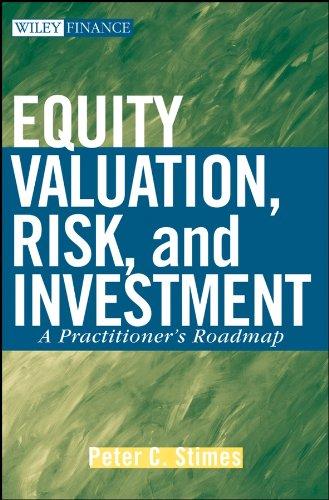Convertible debt and straight debt issued with warrants are similar securities, because both are debt securities that represent potential equity claims on the issuer's assets. In fact, convertible debt can be thought of as straight debt plus nondetachable warrants. However, several important distinctions do exist. Use the following table to indicate whether the characteristic listed refers to convertible bonds or to stock warrants: Characteristic Convertible Bonds Debt with Warrants These fixed-income securities remain as llabilities on the company's books after they are exercised. These fixed-income securities are exchanged for common stock and removed as liabilities from the company's books. The conversion feature in these securities can be detached and valued separately These securities tend to be issued by larger, less risky firms Do convertible securities aggravate or ease potential conflicts between bondholders and shareholders? O Ease potential conflicts between bondholders and shareholders O Aggravate potential conflicts between bondholders and shareholders Just like any financing security, convertibles have certain advantages and disadvantages. Based on your understanding of using convertibles for financing, identify whether each of the features listed in the following table is an advantage or a disadvantage from an issuer's standpoint Feature Advantage Disadvantage Convertible securities are usually exercised when the stock price increases and becomes higher than the conversion price in the convertible contract. Under these circumstances, the company is better off refunding debt by issuing stock when the stock price increases. Convertibles help companies sell bonds at low interest rates. Companies can sell common stock at a price higher than the current stock price using convertibles. s of convertible securities, under which of the following two situations is a company Considering the pros and con kely to issue convertibles? O when lenders are willing to provide financing at low interest rates because they think the funds will be invested in low-risk projects O When lenders are reluctant to provide financing because they think the funds will be invested in risky projects







